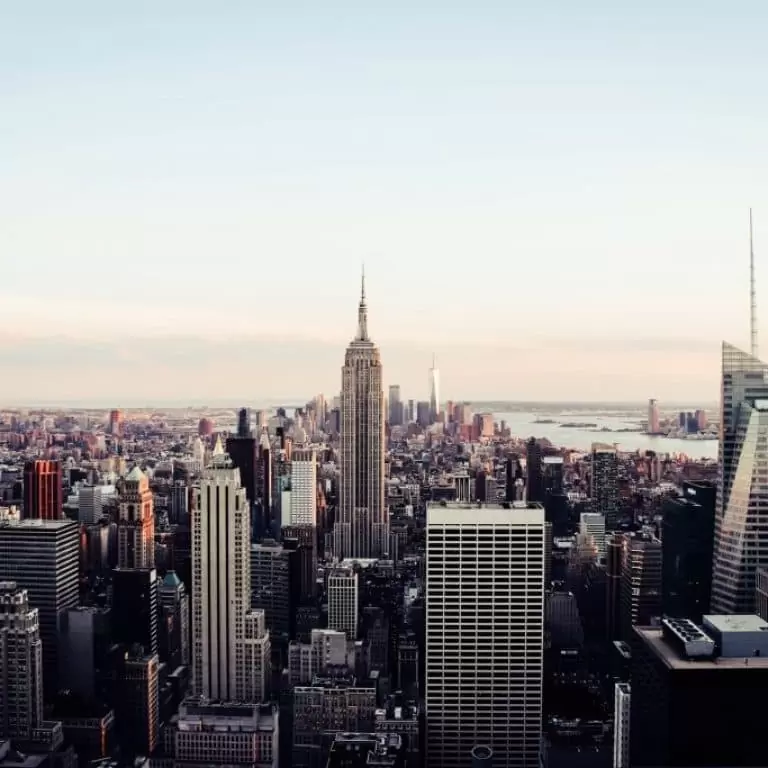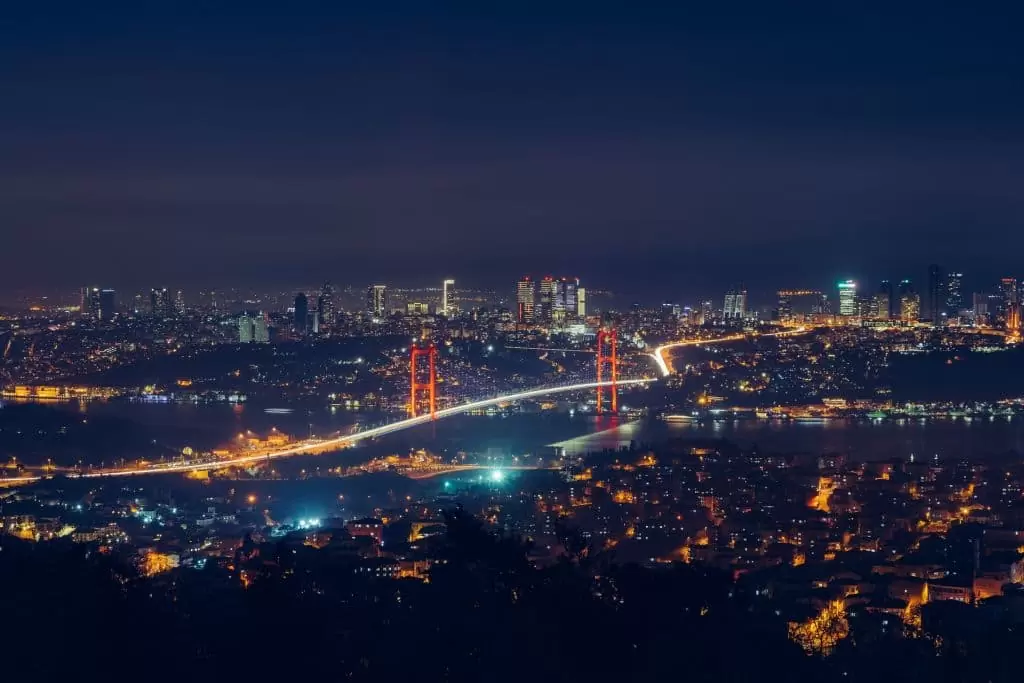
News Document the Creation of a City with Time-Lapse Video
If you need to ask the question of what a civil engineer does, simply look around the area in which you live and you’ll have the answer. Civil engineers are responsible for the creation of communities, villages, towns and cities. It’s civil engineers who build roads, tunnels and structures like railway stations, that are fundamental to areas, dictating modes of transport and accessibility among a number of other things. But their work goes beyond this to the erection of public buildings, be it a car park, shopping centre or office block. In other words, civil engineers can dictate not only how a town or city looks and develops, but how it operates, building the structures that people come to rely upon. Given the importance of much of their work, you might already have an idea of why time-lapse video could be of use in these situations, to document the work that is done. After all, it could translate into the creation of a city or development of a town, which is going to be of note for any number of reasons. It is exactly because of the vast scope of civil engineering projects that time-lapse video is so perfectly suited to their work.
If you know anything about time-lapse video and how it works, you’re probably already aware that it relies upon filming things at a lower frame rate than the rate at which they’re later played back at. In other words, the events that were recorded are then played back at a fraction of the time they originally occurred at, giving the appearance of a film or time sped up. By using this technique, events that usually occur over such a long period of time—or at such a slow rate that it’s hard for the human eye to really observe the changes occurring as and when they happen—such as a plant growing or a building being made, can be properly recorded and played back so we are able to see the infinitesimal changes that occur, without sitting through days or years of footage as a result.
Time-lapse video can be used on any terrain, through any weather conditions and even over long periods of times that would make other forms of documentation unfeasible. Add to that it can be used to work to the budgets of those utilising the technique as well and you get an even better idea of its versatility. Nothing’s off limits and if you don’t believe that, check out the time-lapse footage of Earth’s rotation.
This has meant we’ve been able to observe the phenomenons such as climate change that we would never have otherwise been able to in quite the same way. Beyond natural events like this, it also means time-lapse video is the perfect way to document the creation of buildings and structures which contribute to the changing landscapes of our towns and cities, enabling us to see how these areas grow and develop over time. This is where civil engineering comes in and can benefit from the technique. When it comes to jobs that involve public buildings being created or bridges being made, time-lapse video can faithfully document it all.
To see some examples of our construction site monitoring and other examples of time-lapse video, view Our Work.
So why is this important? First of all, there’s the historical documentation angle to consider. As already mentioned, civil engineers work can basically be involved in shaping urban areas. People are drawn to areas depending on factors such as the transport available and the local amenities. A place with plenty of local transport available, schools and a thriving town centre, therefore, where there are a number of job opportunities going, is automatically going to attract more people. This is basically how a community grows and develops. By documenting the creation of those very buildings and structures, you’re effectively capturing the establishment and development of a community, which is undoubtedly something of historical note.

Then there’s the fact of public interest. If for example, a large shopping centre or public library was erected in a town or city, it would be of interest to those living in the area to see how it was made; the work that went into it. But when it comes to some projects, the level of public interest goes beyond the local community and makes it of interest nationwide. Consider the fact that civil engineers were behind the construction of the Olympic stadium and you can see why. A structure that is such a strong part of the UK’s recent history is obviously going to be of import to a number of people. The fact that there exists time-lapse footage documenting its creation means that these people are forever able to watch how it came into being. The footage exists that captures it in its entirety. So whether it’s on a local scale or a far grander one, time-lapse video creates a public record of some momentous events.
To bring it back to a more local level, this footage can also be used by those working on the projects themselves. After all, the footage makes for impressive viewing that really showcases the work done to the best degree, in all its many stages—not just the finished result. This makes it of exceptional use as a portfolio piece. Sometimes, showing beats telling and this is certainly true of work like this. Whether it is then used as a means of advertising and marketing or just as a record to show to prospective clients to win future jobs, the footage is incredibly useful for this purpose. Not only that, but it gives the edge over competition, with these videos often finding a much wider audience online, immediately meaning more people can be reached and targeted organically.
Finally, it is also a way for the engineers to inspect their work for themselves. As a way of looking in detail at every aspect of the work done, by everyone involved, it allows for an insight that can only be achieved when you are able to take a step away from what was done and look at it afresh from a distance. Usually, this isn’t a privilege many are able to enjoy. But having your work fully documented allows for it, which in turn gives the luxury of being able to review it from every angle. For the engineers, it could well mean working out what parts of the project were most successful and what should be changed in future jobs. Having that level of insight could prove incredibly valuable.
With the importance of much of the work of civil engineers, there really is no end to the reasons why it’s important and beneficial to record it and time-lapse video allows for this to be done. Whether it’s to record the changing landscape of an area for historical purposes or as a portfolio piece for the engineers themselves, there are a number of reasons why time-lapse video is proving so popular for this very use.
To hear more about what we do and how time-lapse construction site monitoring can benefit you, get in touch!